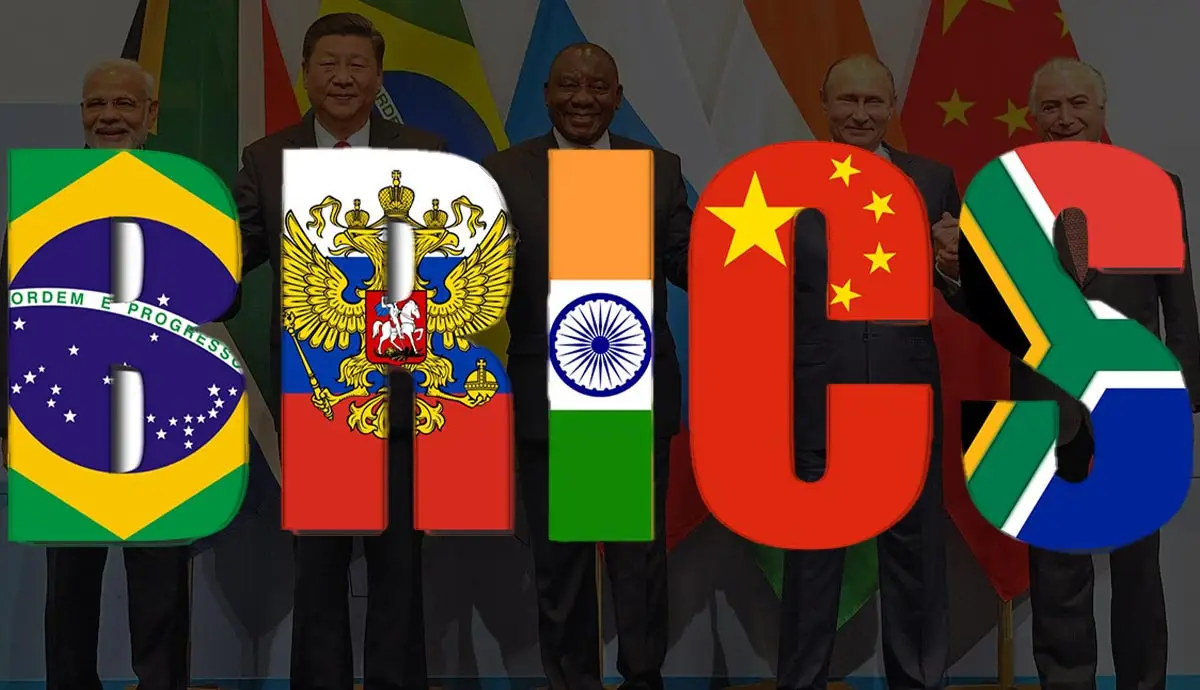The BRICS alliance, consisting of Brazil, Russia, India, China, and South Africa, is reportedly considering the introduction of a “petroyuan” to challenge the dollar’s long-held dominance in the global oil market. At the next BRICS summit, set to take place in Kazan, Russia, the proposal to establish an alternative oil payment system using the yuan is expected to be a major agenda item. This move, if successful, could significantly reshape the landscape of global energy trade.
The momentum for this initiative comes on the heels of Saudi Arabia, the world’s largest oil exporter, expressing interest in pricing its oil in yuan. Traditionally, Saudi oil transactions have been conducted in U.S. dollars, solidifying the dollar’s role as the global reserve currency. However, the kingdom’s recent openness to diversifying its trade basket signals a major shift in international financial practices, potentially weakening the dominance of the petrodollar system.
Russia’s Interest In Petroyuan Gains Ground
Russia’s support for the petroyuan is particularly noteworthy. Since being excluded from the SWIFT system in 2022 due to the conflict in Ukraine, Moscow has been exploring alternative financial transaction methods. By supporting the petroyuan, Russia aims to further reduce its reliance on the U.S. dollar while facilitating transactions through other financial systems.
The prospect of oil trade denominated in yuan could help BRICS nations build a financial system that bypasses the West, allowing them to operate more independently of U.S.-led financial structures. However, the path toward widespread adoption is not without hurdles.
Challenges Facing Petroyuan Adoption
A recent report by the Official Monetary and Financial Institutions Forum (OMFIF) outlines the potential roadblocks in the adoption of a yuan-based oil payment system. A key challenge is that surpluses from oil revenues denominated in yuan would primarily be usable for purchasing goods from China or stored in foreign currencies. This limitation might complicate trade balances for countries within the BRICS alliance.
Chinese banks would likely benefit the most from managing these surpluses, generating profits by facilitating transactions in yuan. Additionally, Western financial institutions might also seek opportunities to capitalize on the exchange rate differentials between oil priced in dollars and yuan. However, such a system could complicate the global financial infrastructure, slowing down the evolution of the payment systems currently in place.
Saudi Arabia, for its part, has indicated that politics will not influence its decision-making regarding oil trade. Saudi Industry Minister Bandar Al-khorayef emphasized that while the kingdom is open to new trade instruments like the petroyuan, business decisions will remain strictly separate from political concerns. Nonetheless, the BRICS nations are also weighing the creation of a new currency, potentially backed by gold, to be used for trade within the alliance.
BRICS Outpaces G7 in Global Metrics
The potential rise of the petroyuan comes as BRICS continues to outperform the G7 in key economic indicators. According to the International Monetary Fund (IMF), BRICS countries now account for 41% of the world’s oil production, surpassing the G7’s 29%. BRICS also represents 45% of the global population compared to the G7’s 30%.
In a further sign of the growing influence of developing nations, BRICS countries have reported 32% of global GDP, overtaking the G7’s 29%. This economic shift highlights the increasing clout of the BRICS alliance in global trade, and the potential introduction of a petroyuan could further tilt the balance of power away from the West.
Also Read: BRICS Petroyuan – A Bold Move To Challenge Dollar’s 59% Share In Global Oil Trade
With President Putin recently discussing the creation of a blockchain-based BRICS Pay system to support trade, it is clear that the alliance is actively working on financial innovations aimed at reducing dependency on Western systems. As BRICS prepares for its next summit, all eyes will be on the potential launch of the petroyuan and its implications for the future of global energy trade.
As BRICS continues to rise economically, the proposed petroyuan presents a significant challenge to the U.S. dollar’s supremacy in the oil trade. While challenges remain, particularly in terms of financial infrastructure and adoption, the move reflects the shifting global power dynamics, with developing nations seeking to carve out a larger role in the international economy. The upcoming BRICS summit in Russia could mark the beginning of a new chapter in global trade.
Disclaimer: The information in this article is for general purposes only and does not constitute financial advice. The author’s views are personal and may not reflect the views of Chain Affairs. Before making any investment decisions, you should always conduct your own research. Chain Affairs is not responsible for any financial losses.




